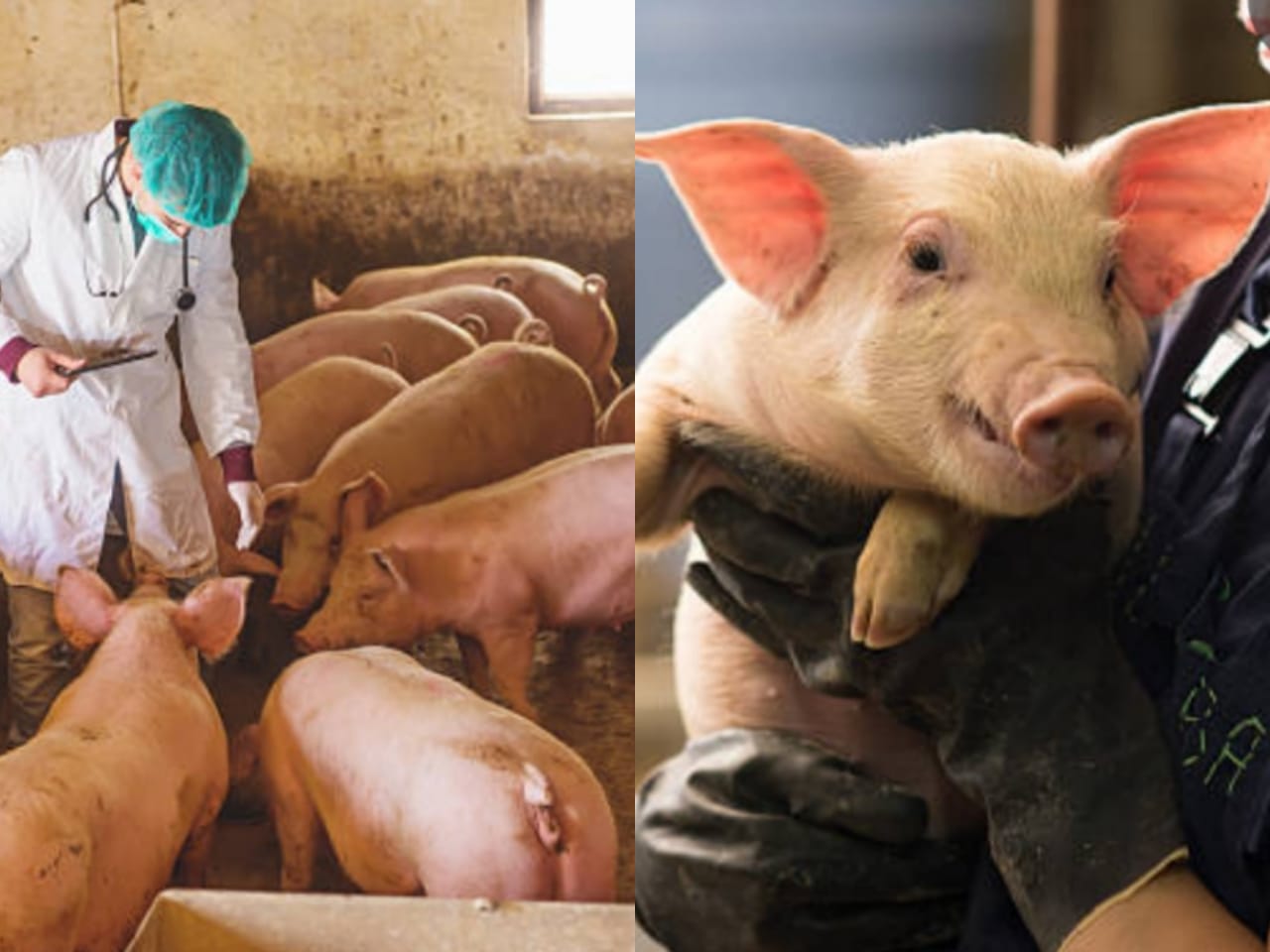African Swine Fever Detected In M’sian Farms Does Not Pose Threats On Humans
 Thirsty for JUICE content? Quench your cravings on our Instagram, TikTok and WhatsApp
Thirsty for JUICE content? Quench your cravings on our Instagram, TikTok and WhatsApp

The African Swine Fever (ASF) was identified at a farm in Kampung Baru Tanah Merah Site A, Port Dickson, according to the Negeri Sembilan Veterinary Services Department (JPVNS) on Saturday (April 9).
Datuk Bakri Sawir, chairman of the State Agriculture and Agro-based Industry Committee, said the disease was discovered after samples were taken from two of the 275 pigs at the unlicensed farm yesterday.

According to him, JPVNS took aggressive efforts to shut off the area and enlist the help of police and JPVNS officers to increase monitoring within a 5km radius of the location to guarantee there was no livestock movement in and out.
He said they learned about the ailment on Thursday, and JPVNS obtained samples from the two animals. When the results arrived yesterday evening, they were confirmed to have a significant fever.
He also stated that they couldn’t get the farm owner’s co-operation to research how the animals got infected.
“According to unconfirmed sources, the illness started when the animals were brought in from Perak, but investigations are still ongoing,” he said.
He added that all of the livestock will be disposed of according to the established protocols, and that legal action would be taken against the livestock producer. Notifications were previously issued to the owners of roughly 20 farms in the area, instructing them to cease activities since they were not permitted.
In the meantime, JPVNS head Dr. Redzuan Ibrahim clarified that ASF is an animal-infesting illness that thankfully does not affect human beings.

ASF does not infect other cattle, although it can move to wild boars, according to him.
However, it can spread swiftly and destroy neighbouring pig farms. Flies that feed on ASF-infected pigs can transmit the virus.
“When sick pigs are slaughtered, the virus is disseminated through the meat and blood to neighbouring farms,” he explained. The fatality rate is around 70 to 80 percent due to the disease’s high contagiousness.
National Hog Farmer claims that the animals’ symptoms of the disease include fever, decreased appetite and weakness, red/blotchy skin lesions, diarrhea, vomiting, coughing and difficulty breathing.
“Early detection of any sickness aids in the prevention of big outbreaks,” said Jack Shere, USDA Aphis/Chief Veterinary Officer of the United States in the article.
“Rather than waiting for someone to call us, enabling a sickness to spread to other animals and herds, we’d rather be called out to investigate an ailment and rule out a foreign animal disease,” he added.


 Get Audio+
Get Audio+ Hot FM
Hot FM Kool 101
Kool 101 Eight FM
Eight FM Fly FM
Fly FM Molek FM
Molek FM